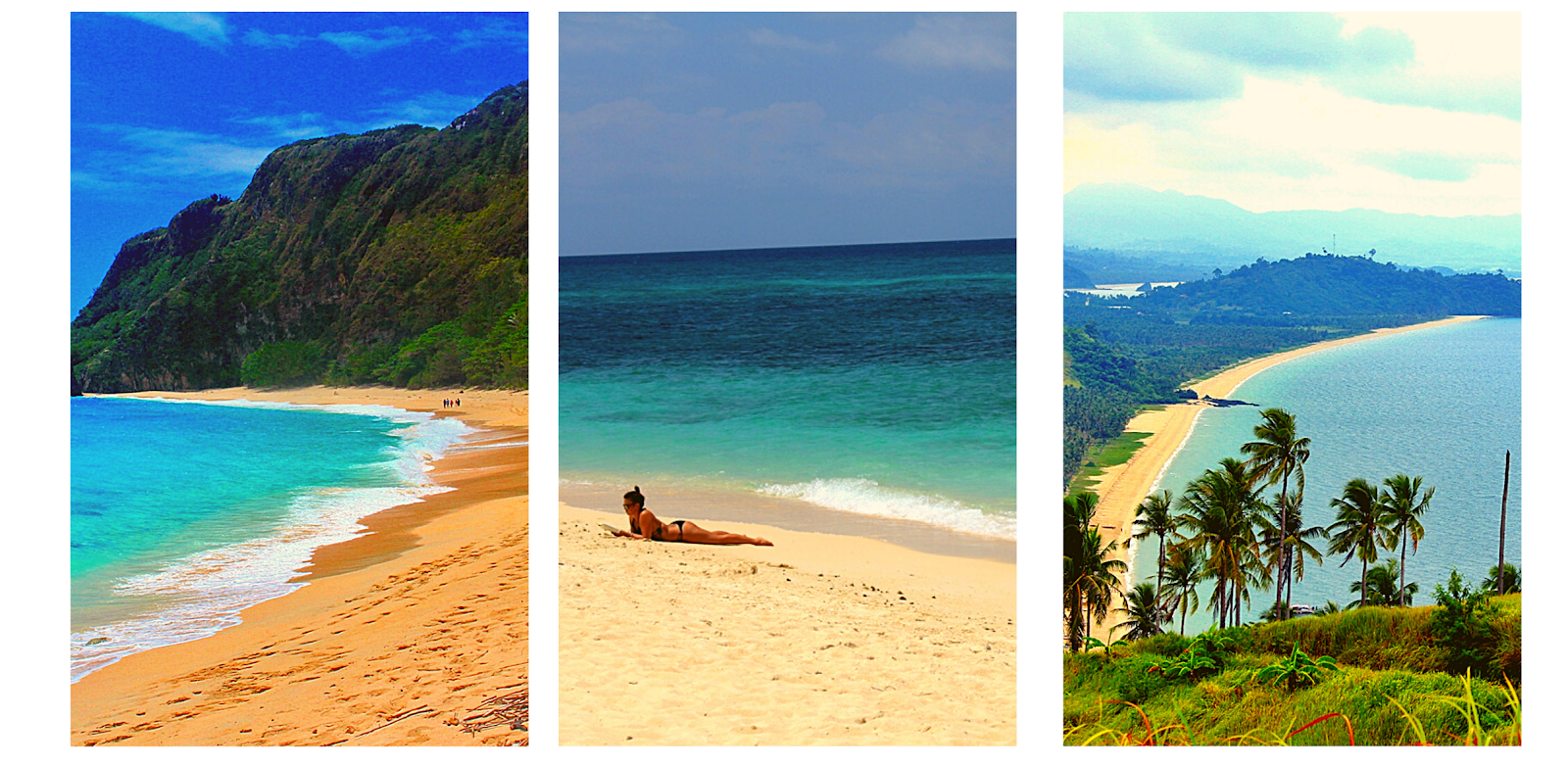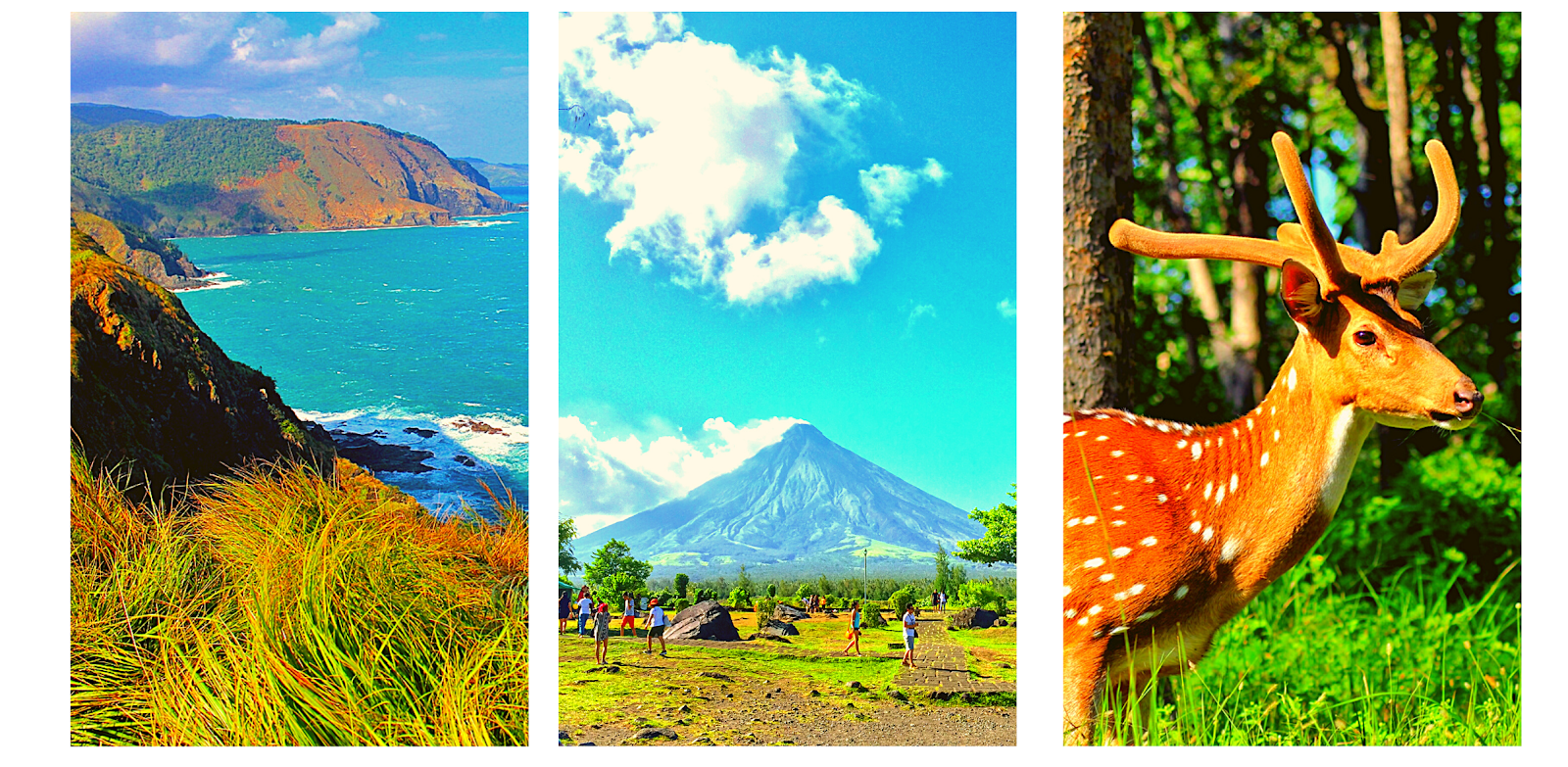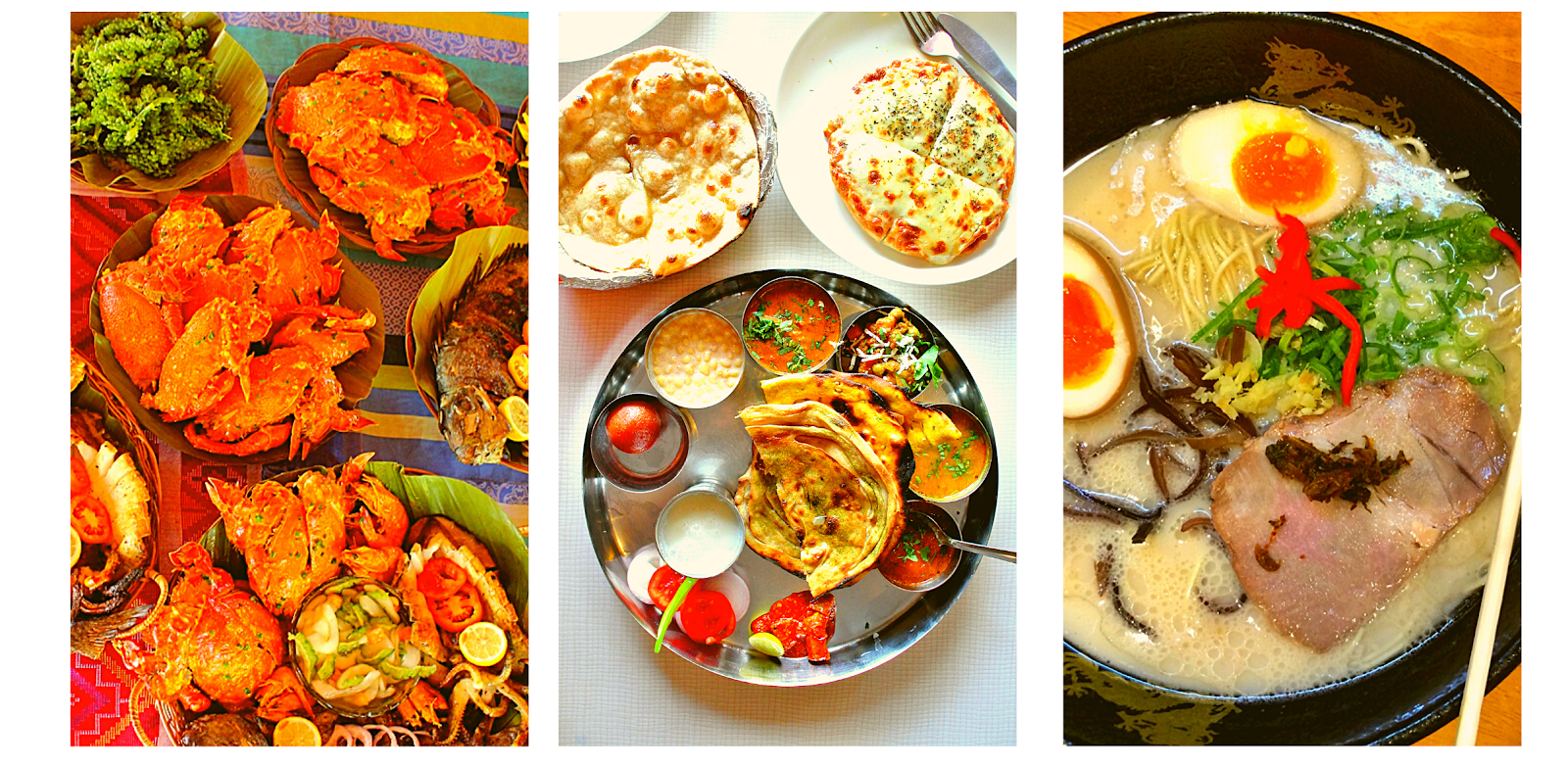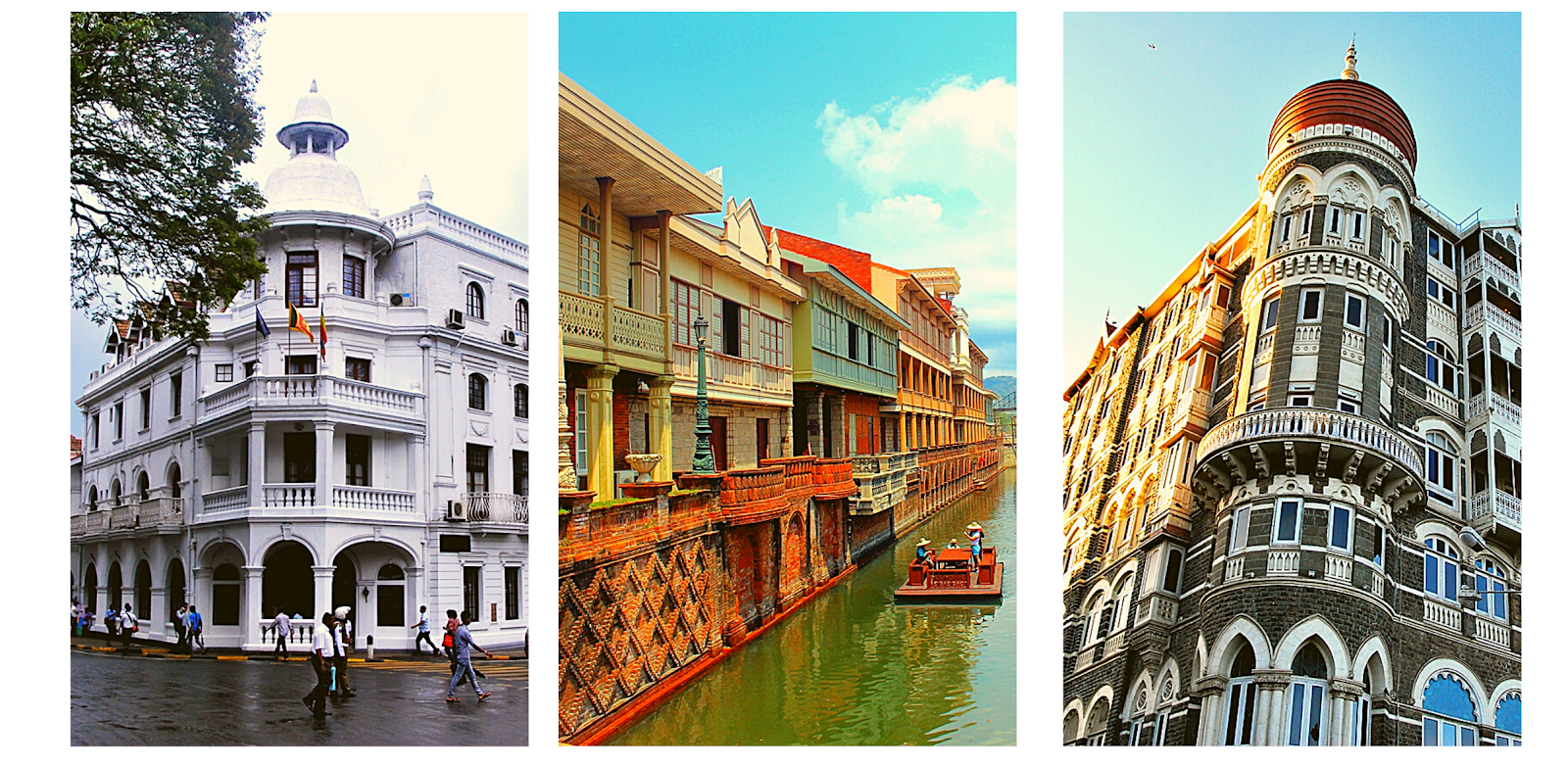The idea of walking over
the pretty pink sands of Sta Cruz Island in Zamboanga City had me
LSS-ing on a classic Psychedelic Furs song and recounting a young Molly
Ringwald. After a couple of cancelled
Zamboanga trips in the past, I finally found myself blissfully seated on a
small boat heading to island of Sta. Cruz—otherwise known as “The Pink Island”. With my eyes staring
ahead to the spread out patched of glistening shoreline, I was quickly arrested
by the enveloping hues of green flora in the not so far distant. Wide-eyed with
wonder, everything felt good that even the engine's revving sounded as if it
was a soundtrack to a must-watch travel film.
 |
| The inviting clear waters of Sta Cruz Island |
Getting to Sta Cruz Island
is just a breeze because it is situated a mere 20 minutes away by boat from the
port near Paseo Del Mar in Zamboanga City. Visit to this island is closely
regulated to control the influx of tourists and also to safeguard the natural prettiness
of the island. Island junkies can enjoy this blushing beach starting in the
morning up to 4pm in the afternoon only. To maximize your visit, I suggest
booking through ITravel TouristLane to facilitate your Sta Cruz Island incursion.
| We were lucky to chance upon this cultural performance |
A traditional Pangalay performance from the Sama-Bangingi
After docking at the island,
we learned that our trip coincided with the month-long Summer Fiesta. Throughout
the month, a group of performers belonging to the island’s Sama-Bangingi
community, performs a Pangalay dance to the beat of a kulintangan song to greet
the visitors.
| Graceful choreography emphasizing on the movement of their fingers |
A sub-group of the larger
Sama people, the Bangingis live in the islands located in the Sulu Archipelago.
As decades went by, this ethno-linguistic group scattered throughout the
western and southern coasts of Zamboanga Peninsula with a few of them settling
in the island of Sta Cruz.
| The long fingernails is the main feature of the Pangalay dance |
Pangalay is a traditional dance of the Tausug people of Sulu. This style of dance commands skillful flexibility of the wrists, shoulders and elbows as part of its main dance movements culminating in a showy routine of the dancer showing off his/her long fingernails in an impressive manner of choreography.
| Posing with Zamboanga's iconic vintas |
The Kulintangan song is a
prevalent traditional music in the Eastern Malay Archipelago which includes the
Southern Philippines. A vital part of the gong-chime culture of Southeast Asia,
this type of music is played through a set of brass kettle gongs producing a lively
beat perfectly for the movements of the Pangalay.
| Platters of some Sulu Delicacies |
Chupa-kulo, Oko-Oko and Seafood Feast
Apart from the giant crabs
and a variety of seafood dishes, I was also able to try out for the first time;
chupa kulo and oko-oko.
Oko-oko is typically rice
but cooked inside a sea urchin shell. This is how the Sama Bangingi people
normally prepare this staple food.
Chupa
kulo
are snails simmered in coconut milk and served with squashed - uhm well, the
fruit of squash. It delivers a milky and rich texture, but it summons an extra
effort for sucking.
| Our feast of a lunch main starring the curacha crabs |
Parade of the Colorful Vintas
No trip to Zamboanga is
complete without laying eyes on its iconic vintas. These traditional sailboats
of the Badjao, Sama and Tausug people carry along its colorful sails – a rich
history and culture of the Muslim community.
Seeing several vintas glide
over the clear waters of Sta Cruz Island provided us with another visual
spectacle as the different colors shone against the morning sun and the
gleaming sands—as if dancing to the beat of the kulintangan tune.
| Oko-Oko |
The Other Side | the Mangroves
PAMU (Protected Area
Management Unit) Head Richard Aliangan guided us to the other side of Sta Cruz
island; where the heart of the place' biodiversity area hides a lush mangrove
forest and a lagoon serving as a haven for innumerable stingless jellyfish.
| The Mangrove forest in Sta Cruz Island summons a Zen state of mind |
With a flair for hilarious
story-telling, Sir Aliangan imparted to us some knowledge about the different
species of mangrove trees; citing that it also has male and female genders. The
male mangrove tree form leaves or flowers with sagging fringes, while the
female mangrove tree produces flowers with tinier spikes.
| A more appealing version of Alan Moore's Swamp Thing |
The highlight of our early
afternoon was when Aliangan taught us how to properly touch and gently pick up
a stingless jellyfish. I carefully picked up one to get a sensation of it
inside my hands. It felt softer and smoother than a lady’s breast, and after a
few seconds I mildly returned it back to the water where I watch it slowly slid
back underneath to join the others.
| softer and smoother than a lady’s breast |
Is it Really Pink?
At initial glimpse, the
sands of Sta Cruz appears as one of the archetypal beaches in the Philippines.
Upon closer examination though, you will see a heavy concentration of pink
colored granules.
It is said, the sand appears
pinker during early morning when the sun is rising or late in the afternoon
when the glow of the setting sun shows the pink particles shine brighter.
During the mid-morning sun, it doesn’t seem as pink at first glance.
What makes the sand pink?
Accordingly, the presence of crushed red organ pipe coral or scientifically
known as the tubipora musica, mixed
with the white sands have resulted in the island's pink colorization.
| Kara Santos of Traveling-Up paddles aboard a Vinta |
All in a Day’s Dip
As I took a dip into the
clear waters of the island, I marveled at my surrounding – from the lush tree
line to the famed pink sands – I almost forgot the presence of a few marines
manning the area. With the security of the Zamboanga peninsula vastly improving
in recent years – even before and during the infamous Zamboanga siege a couple
of years ago – Sta Cruz Island has remained safe and welcoming of visitors.
Today, this island remains a model for every nature and biodiversity protected
area and a shining example of how an LGU unit empowers the local community as
well in helping safeguard the natural beauty of their place.
Caroline
laughs, and it's raining all day, loves to be one of the girls. She lives in
the place in the side of our lives, where nothing is ever put straight. Pretty
in pink, isn't she? I hummed the Psychedelic song in my head as
I imagine a young Molly Ringwald and relive the softness of the stingless
jellyfish in my hand.

















